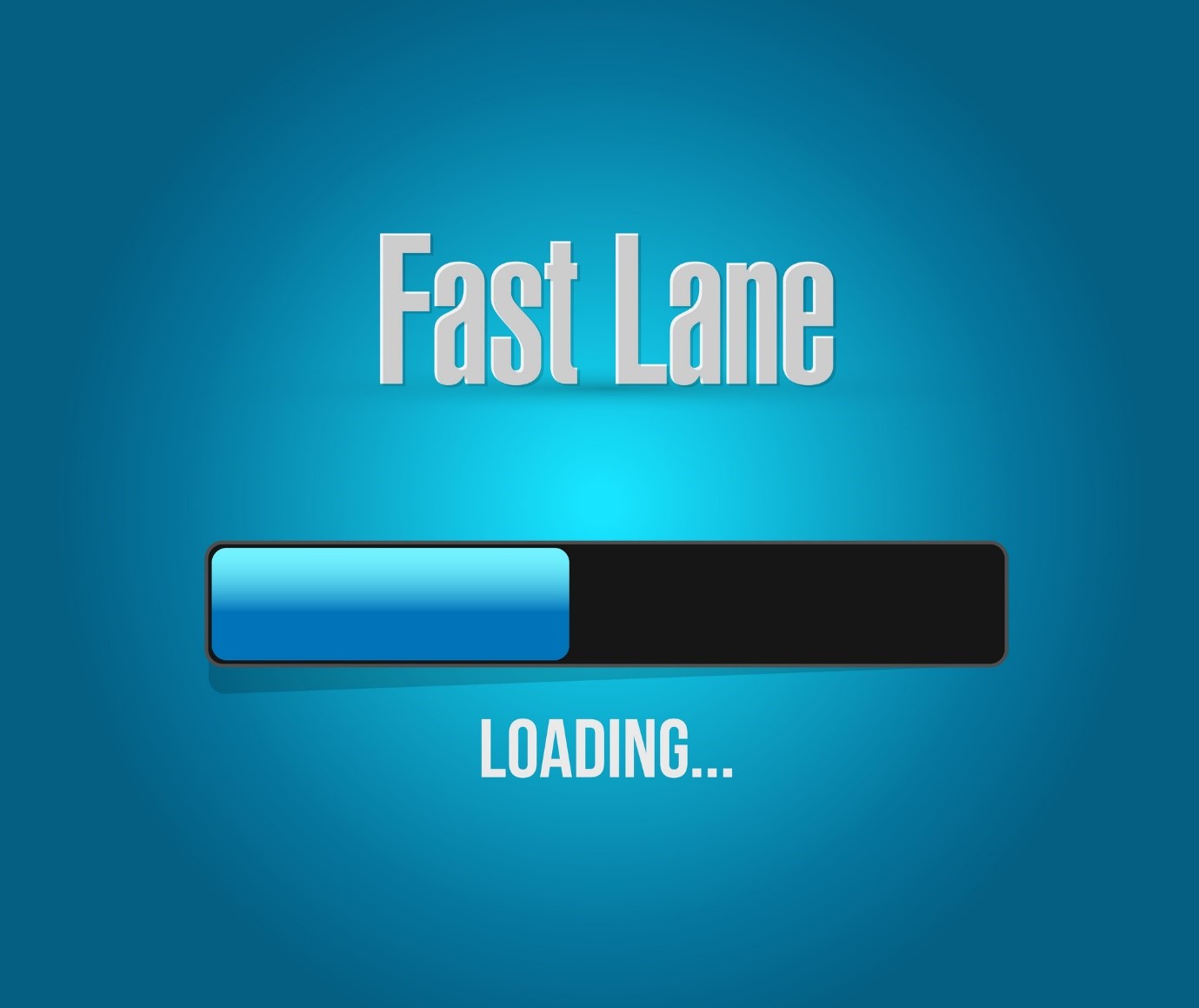Did you know that 53% of mobile users will leave a site if it takes more than three seconds to load? While that might not seem like a huge deal at first glance, remember that mobile browsers now account for more web traffic than their desktop counterparts.
If your site takes three seconds or more to load, you’ll risk losing out on a ton of web traffic.
Fortunately, there are ways you can speed up a website without having to make major overhauls. Keep reading to find out how you can live life in the fast lane!
1. Avoid Redirects
Have you ever entered a URL only to have your browser take you to a different site? That’s known as a redirect.
It can happen for any number of reasons, including a hosting change, an error in the site’s design, or most commonly, a mobile web browser trying to access a desktop site.
Though it might not seem like a major concern, redirects can add seconds to a page’s overall loading time.
The best way to avoid redirects is to eliminate outdated web pages and create mobile-specific versions of websites.
2. Optimize Your Photos and Videos
Each time a person visits your website, their browser has to retrieve every instance of text and image contained on the page.
The larger and higher-resolution a photo or video is, the longer it’s going to take to load.
One of the simplest ways to improve website speed is to find the sweet spot between your image sizing and quality. Start using WebP or JPG photos.
As for videos, try and keep your formatting to MP4.
Also read: Hottest Web Design Trends to Update Your Website
3. Cache Your Site
Caching is the process of storing information on a device or piece of software so you can recall it faster later on.
For instance, say you’re going to your favorite news site. The first time you visit the site, your browser has to take in an overwhelming amount of information, which slows the page loading time as a result. But the next time you visit, your browser can retrieve the cached information, allowing for a faster loading website.
You can use this same protocol on your website by enabling caching in one of two ways. The first, mentioned above, refers to browser caching, which is quite common.
The second option is known as server-side caching. Server-side caching functions in a similar way, but it stores the information on a dedicated server somewhere instead of a user’s browser.
It’s a complicated process which you can click here for more info about.
But in short, since the server is used for your website only, it functions faster than a browser cache which has to store caches for every site you visit.
The Easiest Ways to Speed up a Website
The faster your website is, the more visitors you’ll get. And the more visitors you get, the likelier you are to turn those visitors into clients.
So if you’re looking for ways to speed up a website, make sure to keep these tips in mind. And don’t forget that we have plenty of additional tips on our blog if you’re looking for more info.






